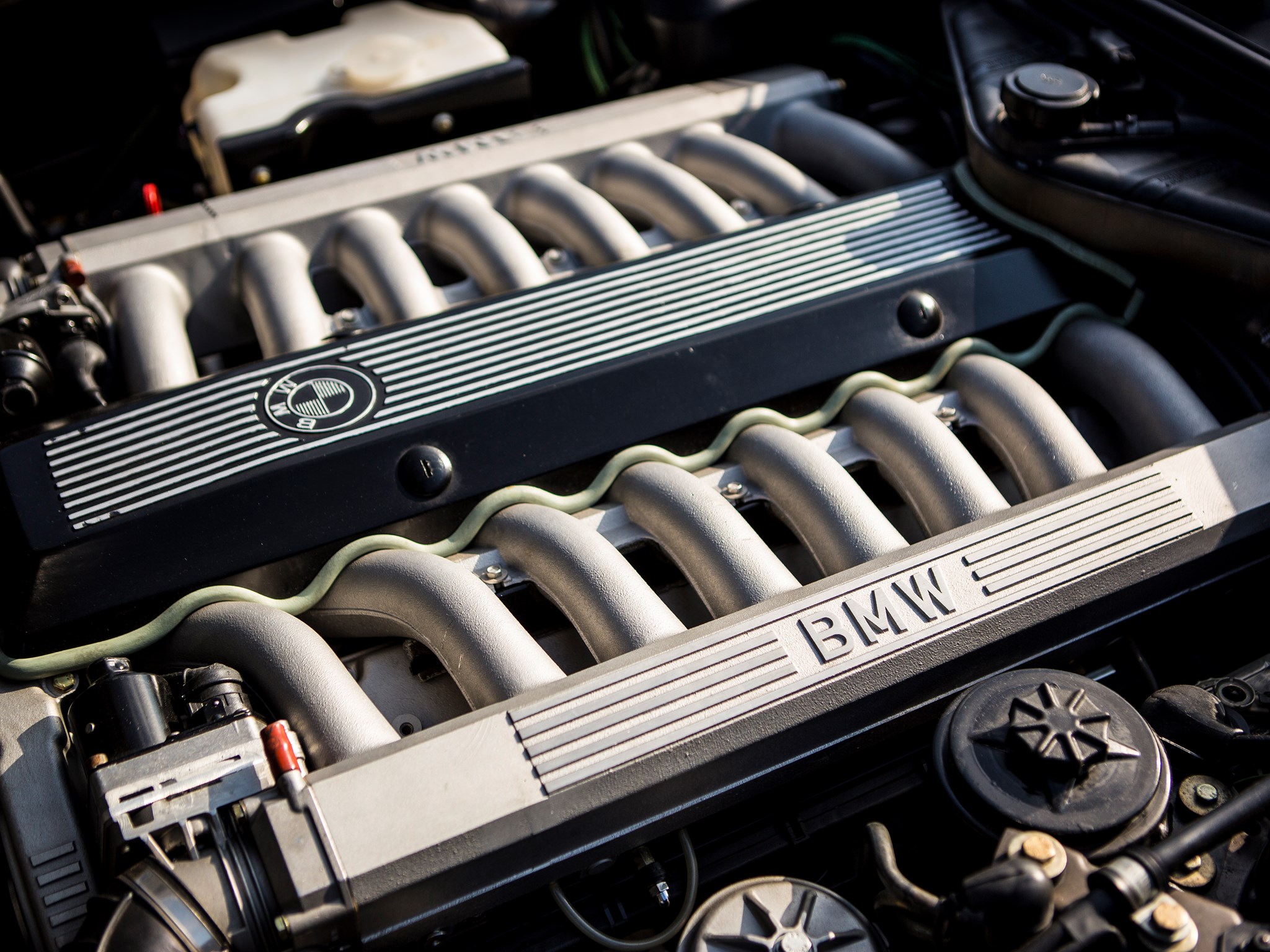Take A Look Inside 1990 BMW V16 Super Sedan Prototype: Video

BMW took just about everyone by surprise at this year’s Techno-Classica Essen. It brought a never-before-seen 1990 prototype of a supersized 7 Series. The extra-long sedan was the second “Goldfish” prototype with a V16 engine, built two years after the original. This walkaround video takes us on a tour of the captivating luxobarge.
It was much bigger than the E32 sold back then since the newer Goldfish stretched at 5450 millimeters (214.5 inches) long. You can tell by the ample legroom available for rear passengers who were able to stretch out by using adjustable footrests. This prototype also had an early rear-seat entertainment system between the seats. There was even a tiny screen mounted on the Alcantara-wrapped ceiling. We’ll call it the Theatre Screen from 1990.
Turn on the English subtitles in the video below.
[embedded content]
There’s leather and wood just about everywhere inside the posh cabin. BMW went through the trouble of fitting this 7 Series prototype with soft-close doors. That was almost unheard of back in 1990. The reason why this car was so luxurious was because the German brand was thinking of a new flagship. The intent was to create a bigger and fancier sedan positioned above the 7er. However, it didn’t happen.
The highlight was, of course, its engine. The 6.6-liter V16 made 348 hp and worked with a five-speed automatic transmission. Some would argue that was a downgrade over the 1988 Goldfish prototype. The previous car had 402 hp, routed to the road via a six-speed manual. Its successor was also slower, at 155 mph (250 km/h) vs 174 mph (280 km/h).
The car’s styling was a combination between the E32 and the subsequent E38 launched four years after this prototype was built. Both the aluminum-bodied 1990 Goldfish and the 1994 7 Series were penned by Boyke Boyer. Fun fact – the second Goldfish wasn’t actually built by BMW, but rather by an unspecified Italian company.
Much like BMW, Rolls-Royce also built a couple of one-offs with a V16 by cramming it inside the 100 EX and the 101 EX from the 2000s. Ultimately, a V16 car from the BMW Group never made it to production.
Source: Alte Schule – die goldene Ära des Automobils / YouTube
